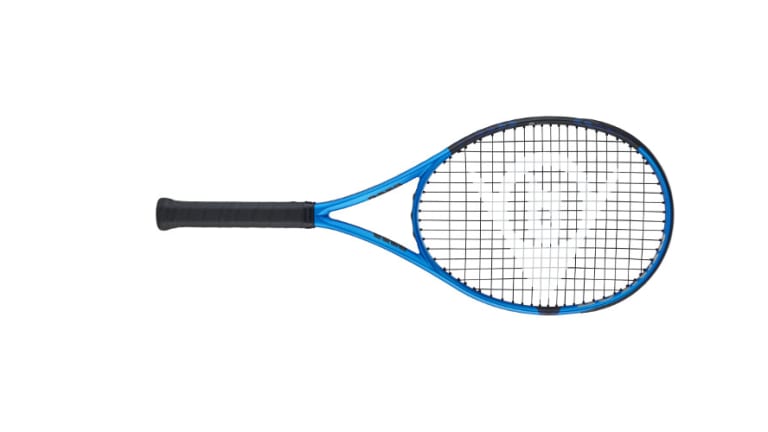Your Game
Racquet Review: Dunlop FX 500 Tour
By Jan 31, 2023Your Game
Racquet Review: Yonex EZONE 100
By Apr 20, 2025Your Game
Geared Up: Andrey Rublev keeps letting it rip with Head and K-Swiss
By Apr 19, 2025Your Game
Tariffs are serving up challenges to the tennis equipment industry
By Apr 13, 2025Your Game
The Partner ball machine uses robotics to revolutionize tennis training
By Apr 12, 2025Your Game
Racquet Review: Wilson Clash 100 Pro v3
By Apr 06, 2025Your Game
Shoe Review: Adidas Ubersonic 5
By Apr 05, 2025Your Game
Doubles Partners: Asics and A.P.C. team up for one-of-a-kind tennis collection
By Mar 30, 2025Your Game
Babolat and Lamborghini collaborate on new padel racquet collection
By Mar 29, 2025Your Game
Madison Keys: how racquet change led to first Grand Slam title
By Mar 28, 2025Your Game
Racquet Review: Dunlop FX 500 Tour
Better feel and comfort improve this speedy and spin-friendly frame tailor-made for aggressive baseliners.
Published Jan 31, 2023
Advertising

Max Purcell, half of the 2022 Wimbledon men's doubles champions, uses the FX 500 Tour.
© Getty Images
Advertising

Dunlop FX 500 Tour